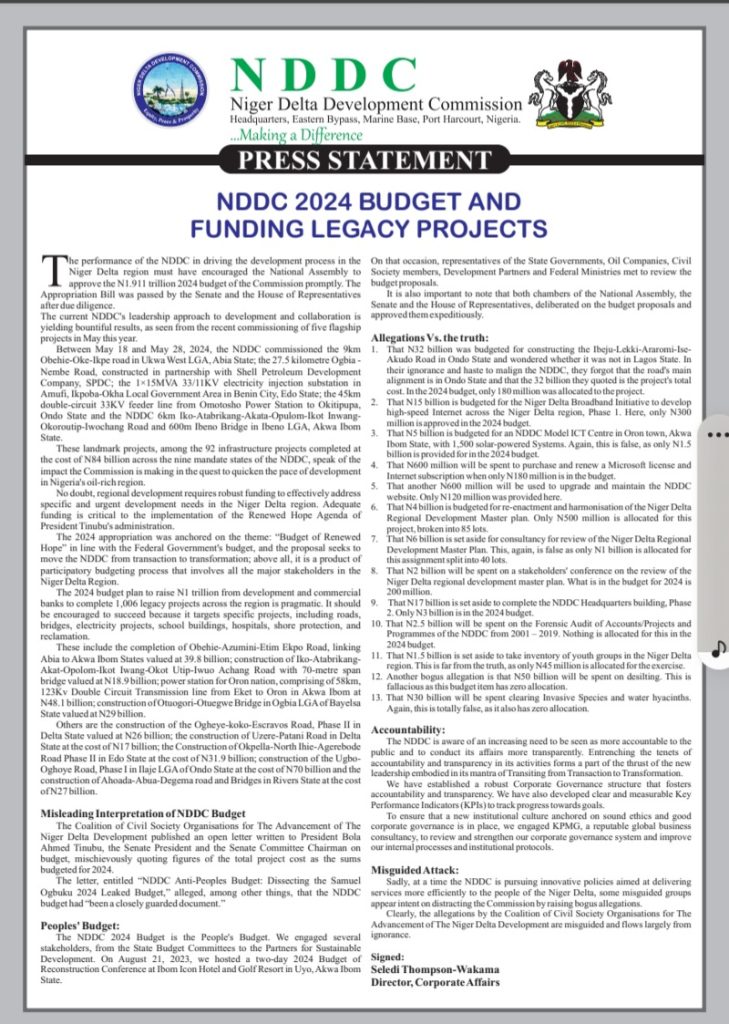Paris and other cities across France have been engulfed in violent and fiery protests in response to the fatal police shooting of a teenage boy. The chaos, destruction, and confrontations have prompted the imposition of curfews in some towns surrounding the capital.
In an effort to quell widespread urban rioting and looting, 40,000 police officers were mobilized on Friday. Bus and tram services experienced disruptions, and a nationwide shutdown was ordered for 9 p.m. on Friday to prevent another night of violence.
The unrest began in the Parisian suburb of Nanterre, where a teenager named Nahel Merzouk, reportedly of Algerian descent, was fatally shot by police, an incident captured on video. Confrontations between police and protesters quickly spread to other parts of Paris and several other cities.
The intensity of outrage led to over 800 arrests on June 29. Merzouk’s death has become a focal point for anger over racial inequality in France and allegations of police discrimination.
During the turmoil, buildings, vehicles, and debris have been set on fire. President Emmanuel Macron has held crisis talks, fearing a repeat of the violence in 2005 that resulted in a state of emergency.
The affected cities include Nanterre, Bezons, Gennevilliers, Garges-lès-Gonesse, Asnières-sur-Seine, Montreuil, Neuilly-sur-Marne, Clamart, Meudon, Trappes, Clergy, Guyancourt, and Vigneux-sur-Seine. These areas are outside the central Paris “arrondissements” that house the main tourist attractions and accommodations.
To address the escalating situation, Elite RAID police have been deployed in Marseille and Bordeaux, popular tourist cities in the south, as well as Lille and Roubaix in the north, which are major transportation hubs.










